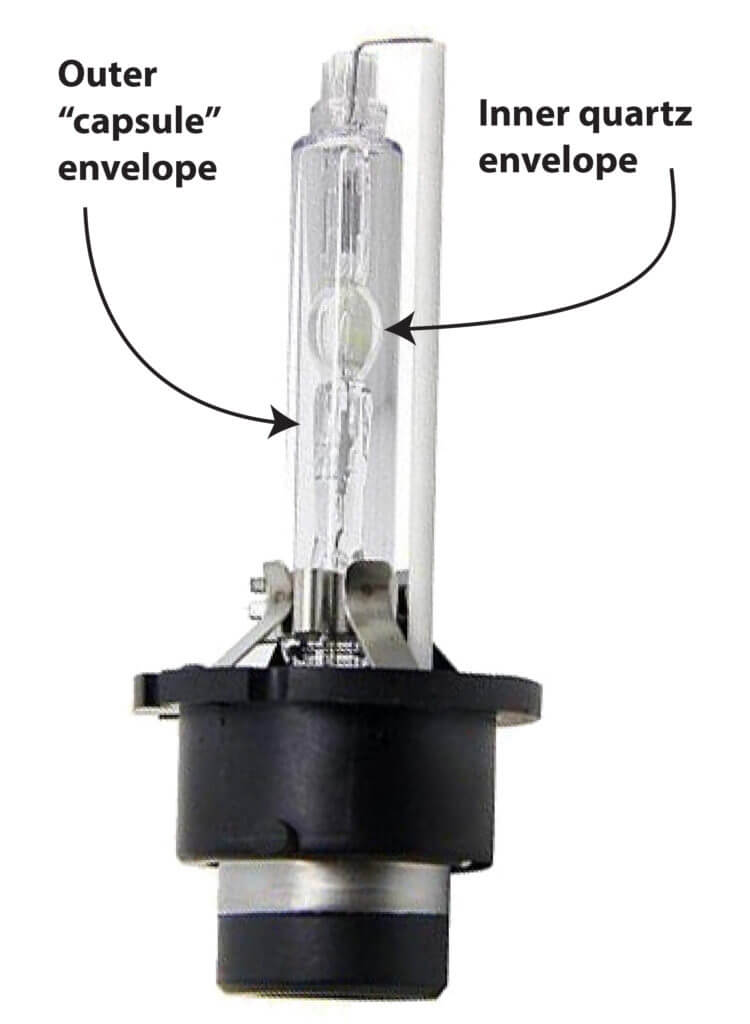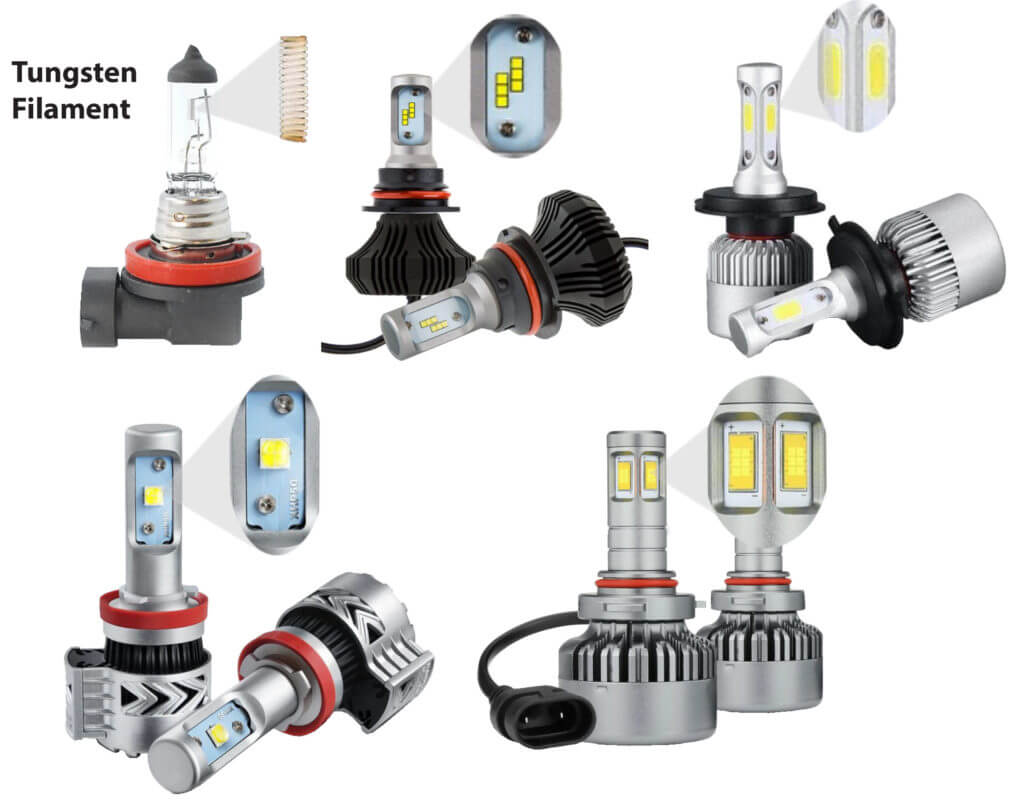What are the differences between headlight bulb types
Here are the main differences between on halogen, Xenon, and LED headlight bulbs
Over the years, headlight technology has advanced significantly, giving rise to various types of headlight bulbs with differing features and capabilities. Understanding the differences between these bulbs can help vehicle owners make informed decisions when choosing the right type for their needs.
The Evolution of Headlight Bulb Types
Headlight technology has come a long way from the traditional halogen bulbs that have been in use for decades. With advancements in lighting technology, three main types of headlight bulbs have gained prominence: halogen, xenon (HID), and LED. Each type offers unique advantages and disadvantages, catering to different preferences and requirements.
How Halogen Headlight Bulbs Work
Halogen bulbs are the most common and traditional type of headlight bulbs. They work by passing an electric current through a tungsten filament encased in a halogen gas-filled glass envelope. The filament heats up, producing visible light. Halogen bulbs are known for their affordability and ease of replacement, making them a popular choice for many vehicle owners. However, they tend to be less efficient than newer technologies, generating more heat and consuming more energy to produce the same amount of light.
How Xenon (HID) Bulbs Work
Xenon bulbs, also known as High-Intensity Discharge  (HID) bulbs, employ a different mechanism to produce light. They use an electric arc between two electrodes within a xenon gas-filled bulb. This arc generates an intense white-blue light that is brighter and more focused than halogen bulbs. HID bulbs provide better visibility and a longer lifespan compared to halogen bulbs. However, they come with higher upfront costs, and their installation can be more complex due to the need for ballasts to regulate the electrical current.
(HID) bulbs, employ a different mechanism to produce light. They use an electric arc between two electrodes within a xenon gas-filled bulb. This arc generates an intense white-blue light that is brighter and more focused than halogen bulbs. HID bulbs provide better visibility and a longer lifespan compared to halogen bulbs. However, they come with higher upfront costs, and their installation can be more complex due to the need for ballasts to regulate the electrical current.
How LED Bulbs Work
Light Emitting Diode (LED) bulbs have gained immense popularity in recent years due to their energy efficiency, longevity, and versatility. LEDs work by passing a current through a semiconductor, which emits light. LED headlight bulbs are known for their instant illumination, low power consumption, and customizable designs. They also offer excellent visibility and can be designed to produce different color temperatures. While LED bulbs are more expensive upfront, their longer lifespan and energy efficiency can lead to cost savings over time.

The single filament in a halogen headlight bulb is rectangular with the brightest spot in the center of the filament. Look at the various number and shapes of LED chips on LED bulbs. Not only are they different shapes, but they’re located in different places so they don’t line up properly with the reflector’s focal point.
Factors to Consider When Differences Between Headlight Bulb Types
The headlight assembly on your vehicle is designed to work only one type and model number of bulb. You cannot legally change to a different type of bulb. For example, even though many companies make LED retrofit bulbs for halogen headlight assemblies, installing an LED bulb in a halogen headlight assembly is illegal.
Worse, however, is that the LED retrofit bulb will never work properly in a halogen headlight assembly because the reflector and lens were designed for a different bulb. It’s optically impossible for a halogen headlight to produce the proper beam pattern if you install either an LED retrofit or an HID retrofit.
In other words, if you want to change to a different lighting system, you must buy a headline assembly that’s designed for the type of bulb you want. Many companies make new headlight assemblies specifically designed for LED and HID bulb that can be installed on your vehicle.
Other things to consider when buying new headlight bulbs
Brightness and Visibility: Some companies make replacement bulbs that claim they are brighter or increase visibility. Many of those claims have been debunked and at least one major supplier has been sued for making false claims about increased visibility.
Here’s the bottom line on brighter bulbs: If the bulb claims it outputs more light, that extra light comes at the cost of bulb life. “Brighter” halogen bulbs often last only 200-hours, compared to a typical halogen bulb life of over 1,200 hours. Given the fact that brighter bulbs can cost as much as $50/set, compared to $15/set, it may not be worth the price to switch.
©, 2023 Rick Muscoplat
Posted on by Rick Muscoplat
